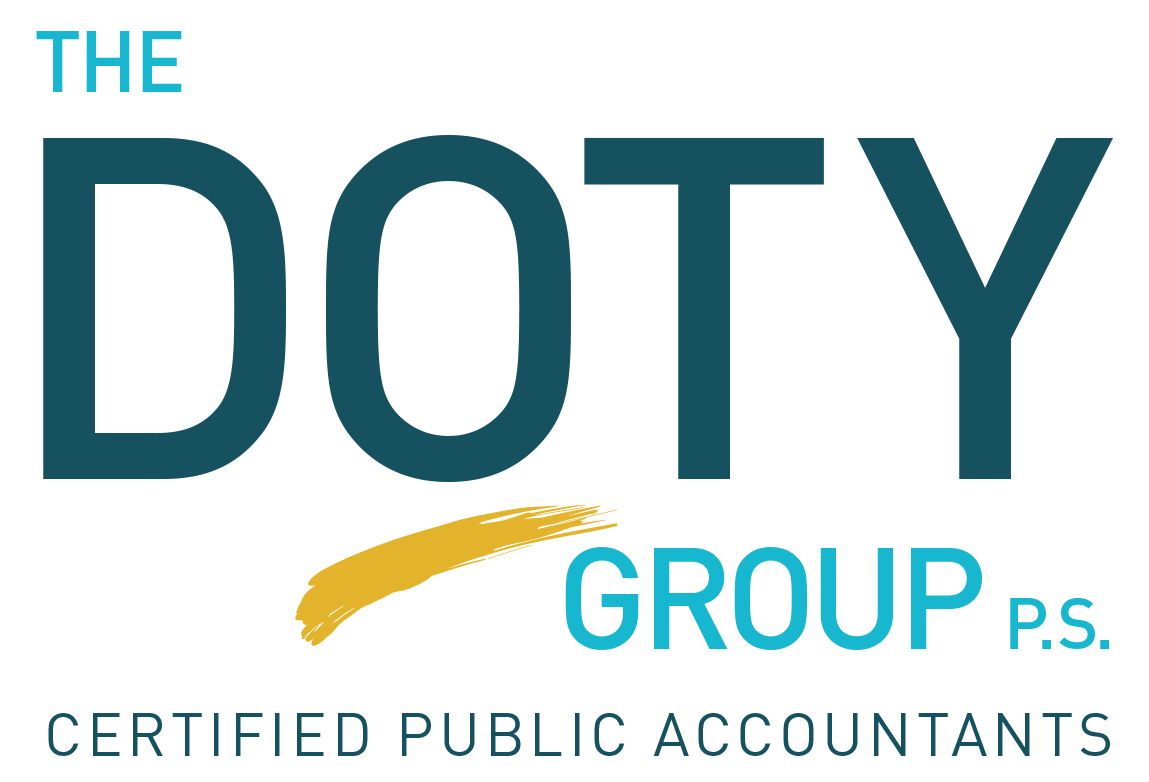Consolidated Appropriations Act: Stimulus Payments, Unemployment Benefits, Additional PPP
On Monday night, the U.S. Senate and House of Representatives passed the $900 billion COVID-19 relief bill, the Consolidated Appropriations Act, 2021. To individuals, it provides $600 stimulus payments and adds $300 to extended weekly unemployment benefits. For businesses, it provides $325 billion in aid, including $284.45 billion for both first and second Paycheck Protection Program (PPP) loans and ensures tax deductibility for business expenses paid with forgiven PPP loans. It also makes Sec. 501(c)(6) not-for-profit organizations eligible for loans for the first time.
The bill contains minor changes and extensions of tax relief established earlier in the year, such as the employee retention tax credit. It also temporarily allows a 100% business expense deduction for restaurant meals, effective for expenses incurred after Dec. 31, 2020 and up to the end of 2022. We will cover more of the tax changes in an article to follow.
Here is an outline of the latest COVID relief bill’s provisions, followed by details on the latest round of PPP.
Outline
$325 billion aid for small businesses struggling due to the COVID crisis
More $284 billion to the U.S. Small Business Association (SBA) for PPP loans
$20 billion for Economic Injury Disaster Loan (EIDL) Grants to businesses in low-income communities
$15 billion dedicated funding for closed live venues, independent movie theaters, and cultural institutions
$12 billion of assistance for businesses in low-income and minority communities.
$166 billion for economic impact payments
$600 for individuals making up to $75,000 per year
$1,200 for married couples making up to $150,000 per year
$600 payment for each child dependent.
$120 billion for unemployment benefits
a $300 per week supplement from Dec. 26 until March 14, 2021
an extension of the Pandemic Unemployment Assistance (PUA) program
an extension of the Pandemic Emergency Unemployment Compensation (PEUC) program
$25 billion in emergency rental aid; extension of the national moratorium on evictions through Jan. 31, 2021
$45 billion in transportation funding
$16 billion for airlines
$14 billion for transit systems
$10 billion for state highways
$2 billion each for airports and intercity buses
$1 billion for Amtrak
Other
$82 billion in funding for colleges and schools
$10 billion in childcare assistance
$22 billion for health-related expenses incurred by state, local, Tribal, and territorial governments
$13 billion for emergency food assistance
including a 15% increase for six months in Supplemental Nutrition Assistance Program benefits
$7 billion for broadband expansion.
PPP2
Eligibility
Businesses that previously received a PPP loan, up to $2 million if they
have 300 or fewer employees
have used or will use the full amount of their first PPP loan
can show a 25% gross revenue decline in any 2020 quarter compared with the same quarter in 2019
Sec. 501(c)(6) business leagues if
they have 300 or fewer employees
they do not receive more than 15% or $1 million of receipts from lobbying during the most recent tax year that ended prior to Feb. 15, 2020.
Businesses with 500 or fewer employees that are eligible for other SBA 7(a) loans
Sole proprietors, independent contractors, and eligible self-employed individuals
Not-for-profits, including churches
Hotels and restaurants with fewer than 300 employees per physical location
Borrowers that returned all or part of a previous PPP loan
Loan Terms
Costs eligible for forgiveness include payroll, rent, covered mortgage interest, and utilities. PP2 makes the following also potentially forgivable:
Worker protection measures and expenditures on facility modifications in order to comply with COVID-19 federal health and safety guidelines
Essential expenditures to suppliers (deemed essential to the recipient’s current operations at the time of purchase)
Essential operating costs such as software and accounting needs.
Eligibility Requirements
Borrowers have to spend at least 60% of the funds on payroll over a covered period of either 8 or 24 weeks.
Loan amounts are the same as with PP1: up to 2.5 times the average monthly payroll costs in the year prior to the loan or the calendar year, however, the maximum loan amount is now capped at $2 million (previously $10 million). Hotels and restaurants may get up to 3.5 times their average monthly payroll costs, but are still subject to the $2 million cap.
Simplified Application Process for Loans up to $150,000
A borrower shall receive forgiveness if a borrower signs and submits to the lender a certification one page or less in length that includes:
a description of the number of employees the borrower was able to retain because of the loan
the estimated total amount of the loan spent on payroll costs
the total loan amount
Borrowers are required to retain relevant records related to employment for four years and other records for three years, as the SBA may review and audit these loans to check for fraud.
The bill repeals the requirement that PPP borrowers deduct the amount of any EIDL advance from their PPP forgiveness amount.
The bill includes set-asides to support:
first- and second-time PPP borrowers with 10 or fewer employees
first-time PPP borrowers that have recently been made eligible
loans made by community lenders
Tax deductibility for PPP expenses
The bill specifies that business expenses paid with forgiven PPP loans are tax-deductible by clarifying that “no deduction shall be denied, no tax attribute shall be reduced, and no basis increase shall be denied, by reason of the exclusion from gross income provided” by Section 1106 of the CARES Act. This is applicable to both PP1 and PP2 loans.
Timeline
The legislation does not offer when the portal will be open to the acceptance of applications but does request that the SBA issue regulations within 10 days. Pending the issuance of those regulations and the changes which need to be made to the applications, business owners looking to apply for funding should begin preparing now.

